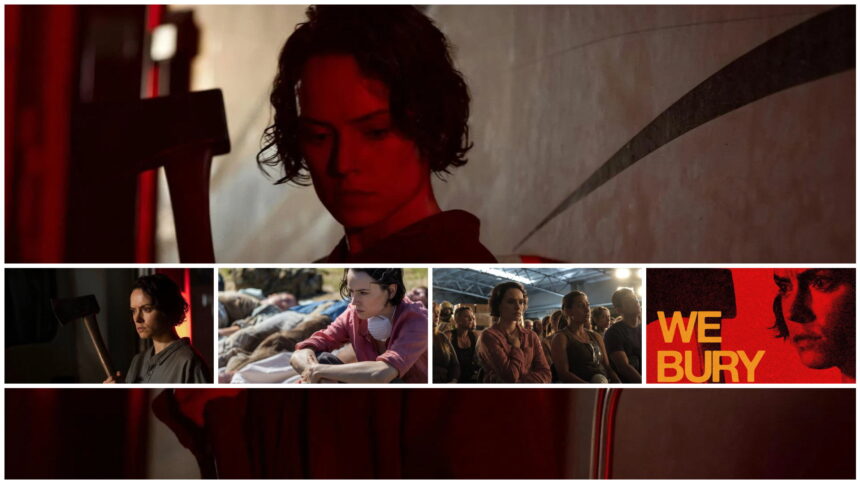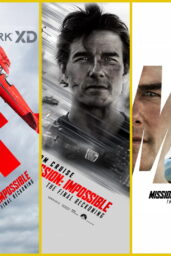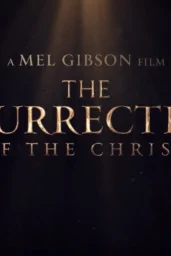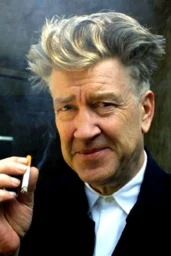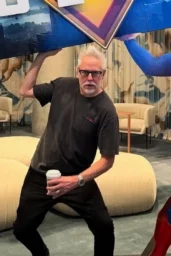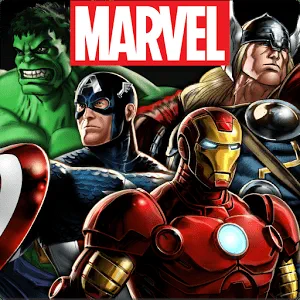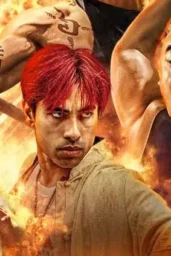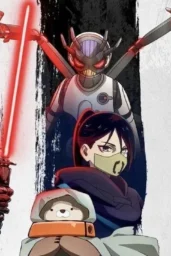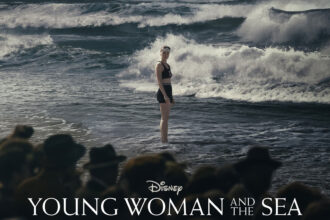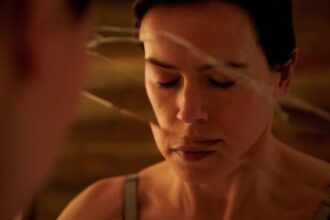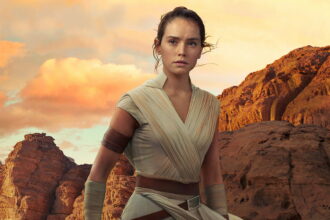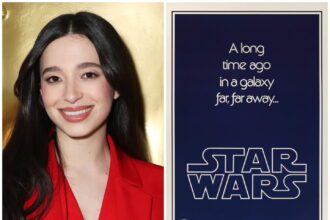A Zombie Film That Bites—Into Your Heart
Move over, The Last of Us—there’s a new grief-soaked apocalypse in town. Daisy Ridley, once wielding a lightsaber as Rey, now carries something heavier in We Bury the Dead: the weight of loss. “It feels horribly human,” she says of the film. And that’s the twist. This isn’t just another zombie flick; it’s a mirror held up to our own fractured hearts.
The Emotional Undertow
Ridley’s character, Ava, isn’t fighting zombies—she’s fighting emptiness. The script, she reveals, is a “beautiful” exploration of grief, with Ava joining a corpse-retrieval unit to search for her missing husband. The undead? They’re just the backdrop. “The zombies look like our friends and family,” Ridley notes, threading the needle between horror and aching familiarity.
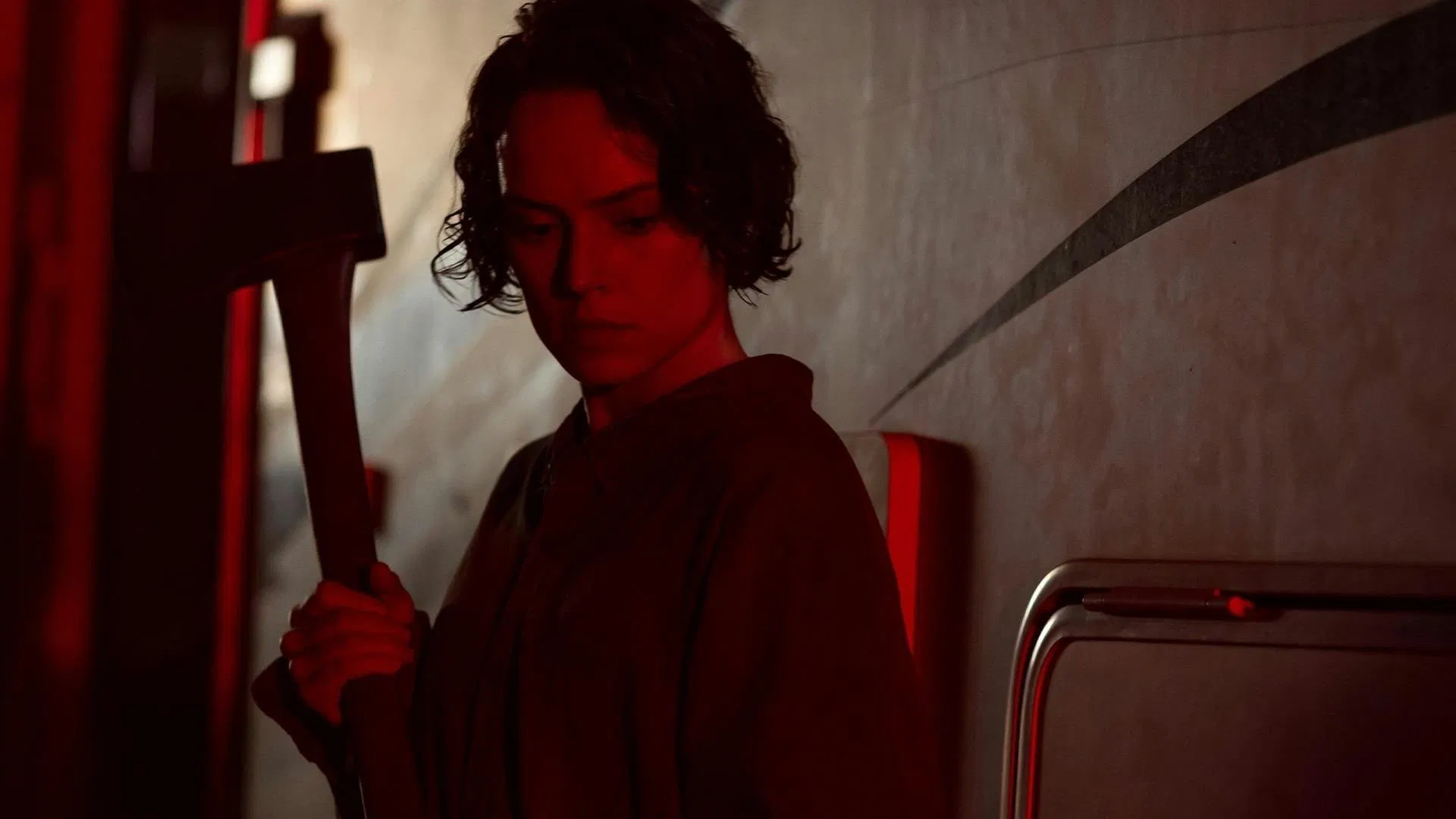
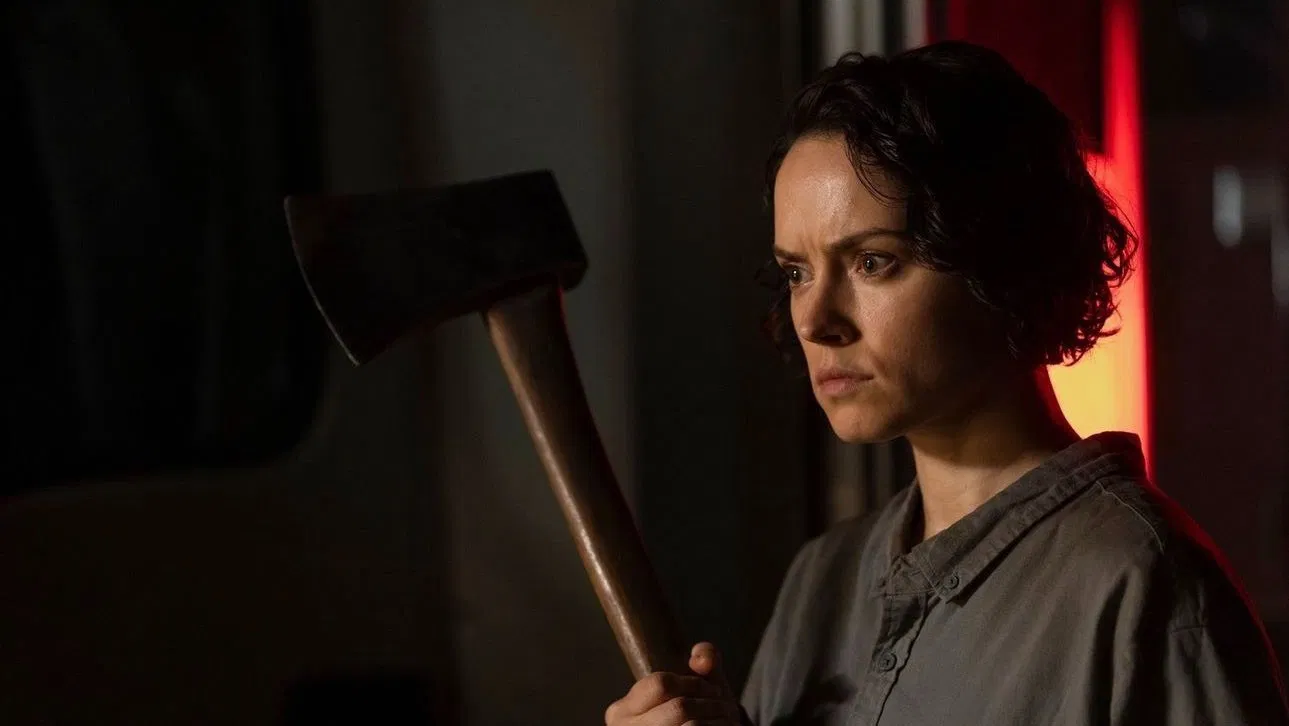
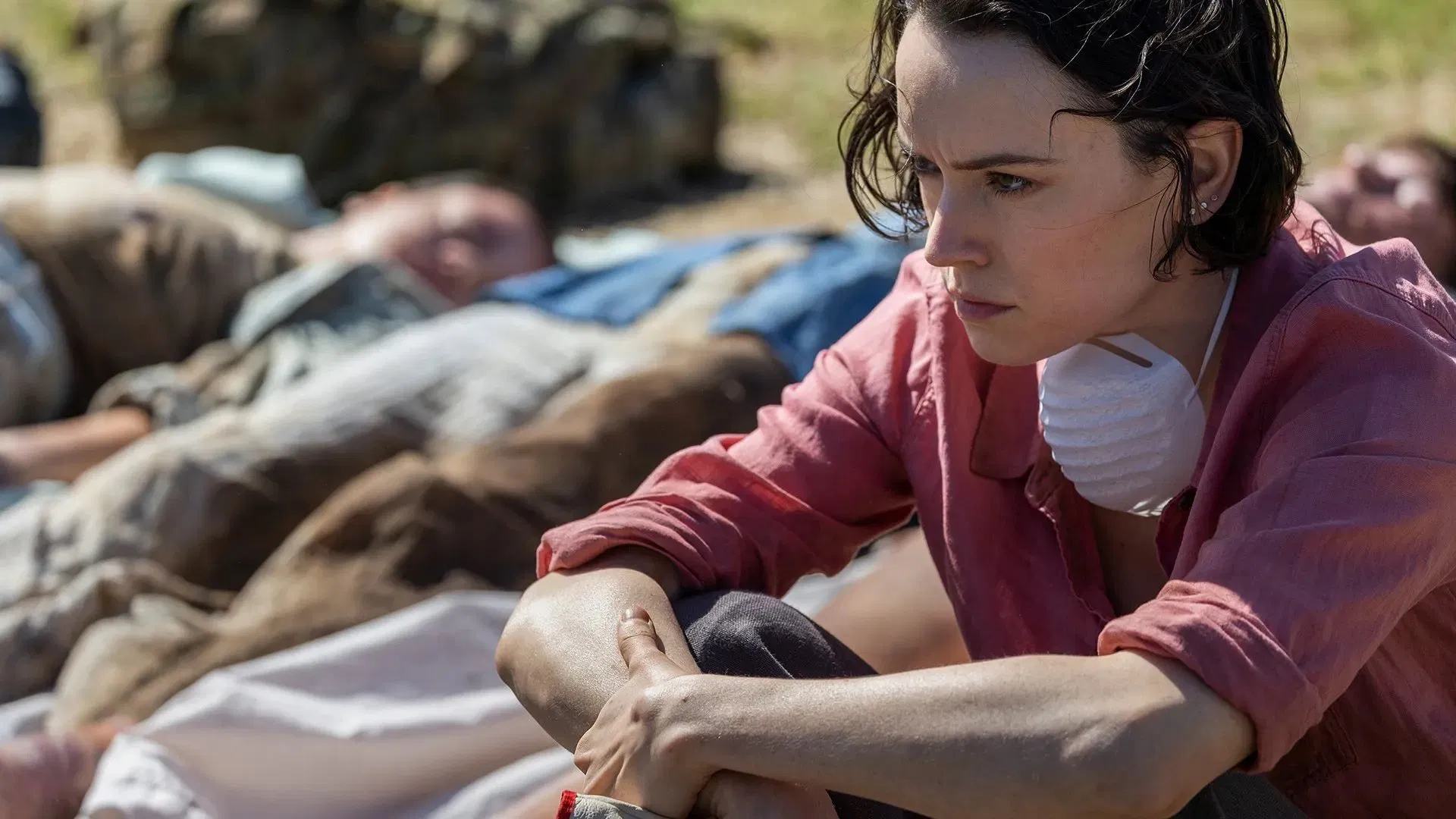
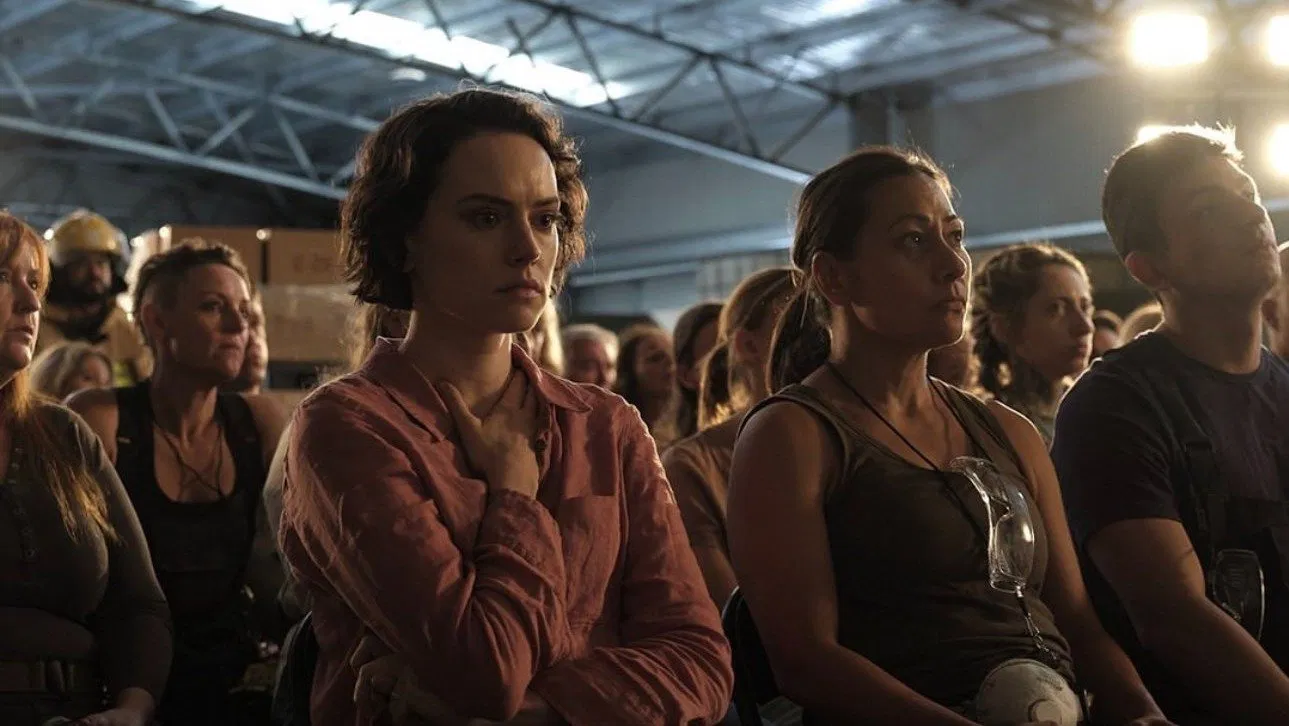
Why It Works:
- Genre Subversion: Unlike World War Z’s sprinting hordes, these zombies are a slow burn—metaphors for unresolved loss.
- Ridley’s Range: Post-Star Wars, she’s proving her chops in raw, grounded drama. (Take notes, blockbuster typecasting.)
Zombies as Grief Manifest
Hollywood’s undead have long symbolized societal collapse (Dawn of the Dead’s consumerism, 28 Days Later’s rage). But We Bury the Dead narrows the lens to personal devastation—closer to The Walking Dead’s early seasons, where every walker was someone’s parent, lover, child.
What’s New?
- Intimacy Over Spectacle: Director Zak Hilditch (*1922*) trades sprawling chaos for close-up anguish.
- The “Body Retrieval” Hook: A fresh spin on survival—Ava isn’t just escaping zombies; she’s confronting them, one burial at a time.
Would You Face the Undead—Or Your Demons?
Ridley’s right: grief is horribly human. And in a genre overcrowded with jump scares, We Bury the Dead dares to ask: What’s scarier—the monsters outside, or the ones we bury within?
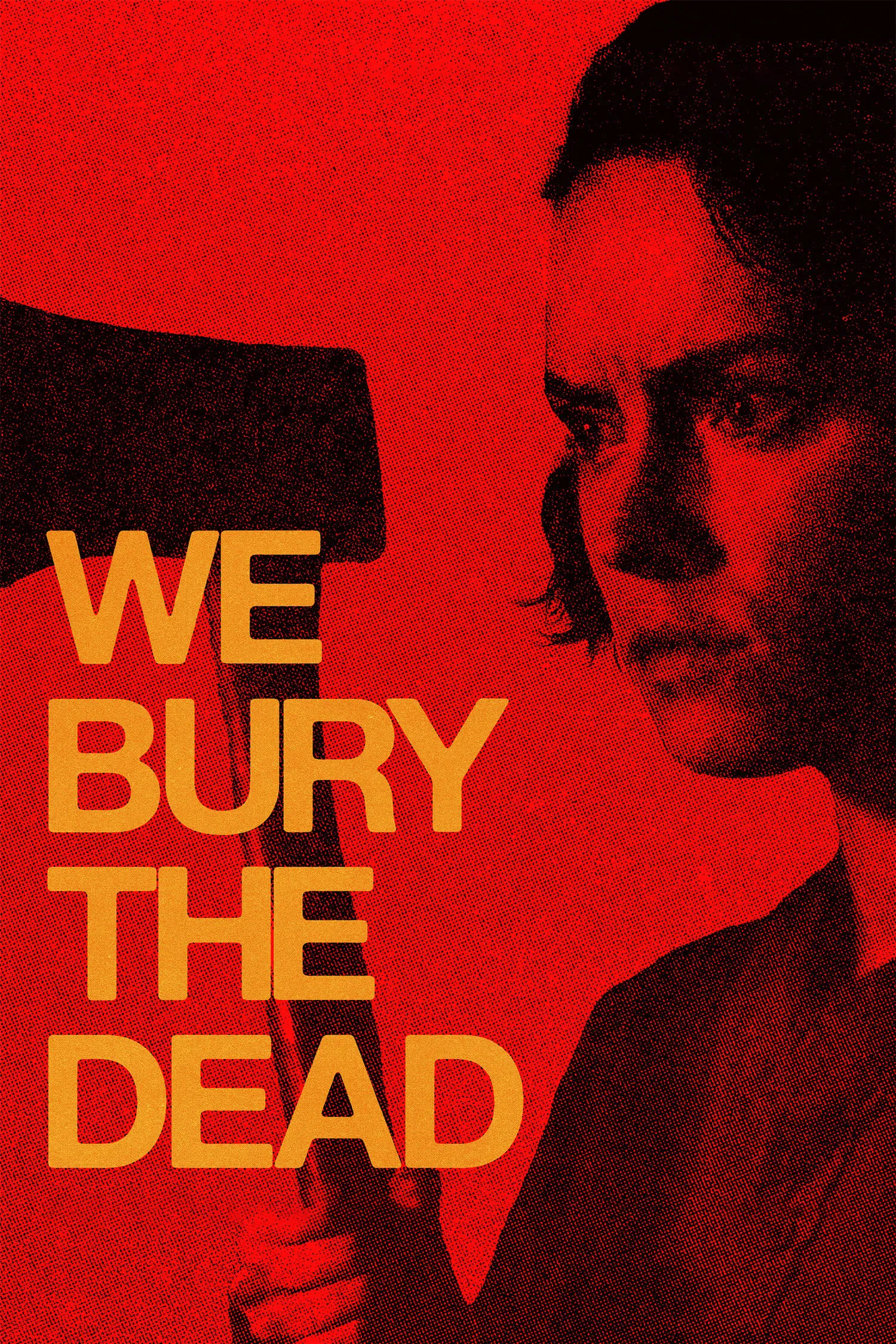
Source: JustWatch

